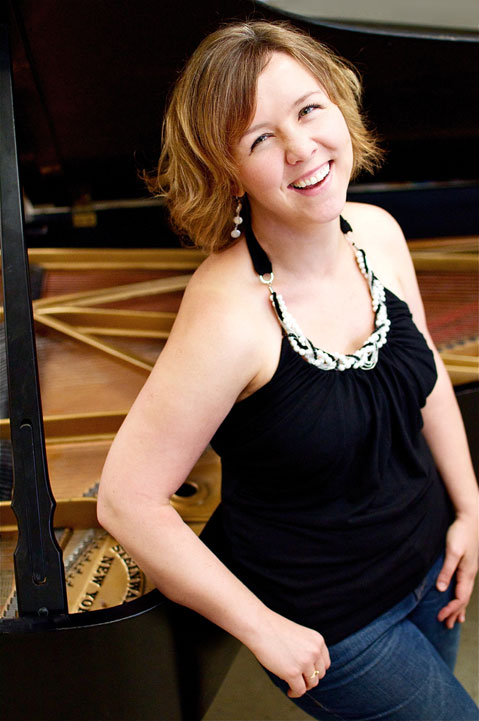Santa Barbara Symphony Plays Shostakovich
Mendelssohn and Rota Works to Be Featured in This Week’s Installment
Attending the Santa Barbara Symphony concerts at the Granada offers an enthralling sense of movement across both time and space. Within the span of just a few hours, the orchestra can traverse centuries and continents, and the upcoming program for this Saturday, February 19, at 8 p.m. and Sunday, February 20 at 3 p.m., is no exception. Filling in for musical director Nir Kabaretti is guest conductor and Italian maestro Corrado Rovaris, and a pair of wonderful Santa Barbara-based musicians take on the featured roles—trumpeter Jon Lewis and pianist Natasha Kislenko. The evening will begin—fittingly with Rovaris onboard—in Italy with the Concerto for String Orchestra of Nino Rota. One of the 20th century’s most prolific composers, Rota is best known for his fanciful work on the soundtracks of films by Federico Fellini and Luchino Visconti. To hear Rota’s music played by the symphony and conducted by a man steeped in his tradition will no doubt be a circus-like treat.

The symphony on the bill, Felix Mendelssohn’s No. 5 in D major, “Reformation,” transports us to Germany and throws the program headlong into the complex and beautiful reception of Protestant liturgical music among the Romantic composers. Mendelssohn, a Jew who nevertheless accepted this commission to celebrate the anniversary of Martin Luther’s Augsburg Confession, made something monumental and lasting out of his distanced appreciation of the “Dresden amen,” and Luther’s own setting of “A Mighty Fortress Is Our God.” It’s a big, ambitious symphony full of counterpoint and references to earlier styles of music.
The furthest point reached in this musical journey will be Soviet Russia, where Shostakovich composed his Concerto for Piano, Trumpet and Orchestra. “As someone coming from the same country and the same musical tradition as Shostakovich, I can relate to the great energy of the piece and how full it is of contrasts,” said Kislenko. “There’s a haunting, slow movement that’s very beautiful, and then there’s a rhythmical section that sounds almost sarcastic. You could imagine it as the soundtrack for a cartoon at times. In the end the whole thing is quite moving, although it’s not as full of pain as some of his later works.”



